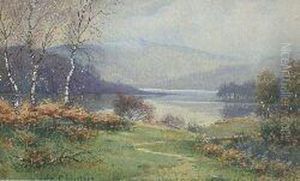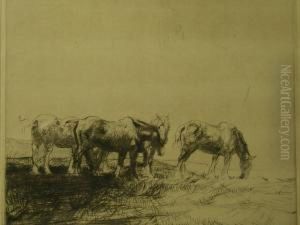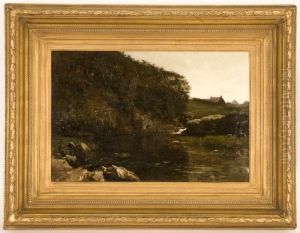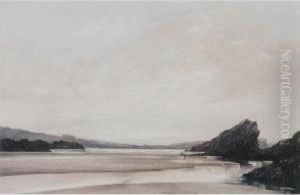John P. Nicolson Paintings
John P. Nicolson was a Scottish-American artist known primarily for his contributions to the arts in both his native Scotland and his adopted home in the United States. Born in 1866 in Scotland, Nicolson's early life was steeped in the rich cultural and artistic heritage of his homeland, which would later influence his artistic endeavors. He emigrated to the United States in the late 19th century, a period that saw a significant number of Europeans moving to America in search of new opportunities.
Nicolson's work is often characterized by its diverse range of styles and subjects, reflecting the artist's versatility and his ability to adapt to different artistic movements and mediums. Throughout his career, he engaged with various forms of art, including painting, printmaking, and illustration, displaying a particular interest in landscapes, portraiture, and scenes of everyday life. His ability to capture the essence of his subjects with sensitivity and depth made his works highly appreciated by both his contemporaries and modern audiences.
In the United States, Nicolson became an active member of the artistic community, contributing to the development of the arts through his involvement in various exhibitions and organizations. He was known for his commitment to promoting art and education, believing strongly in the power of art to enrich society and individual lives. Nicolson's work received recognition in the form of awards and accolades, and he was respected by his peers for his artistic achievements and his contributions to the art world.
John P. Nicolson's legacy is that of a transatlantic artist who bridged the gap between Scottish and American art, bringing together elements from both traditions to create a body of work that is both unique and reflective of his diverse experiences. He passed away in 1951, leaving behind a rich portfolio of artistic works that continue to be celebrated for their beauty, emotional depth, and portrayal of humanity. Nicolson's life and art remain a testament to the enduring power of cross-cultural exchange and the universal language of art.



